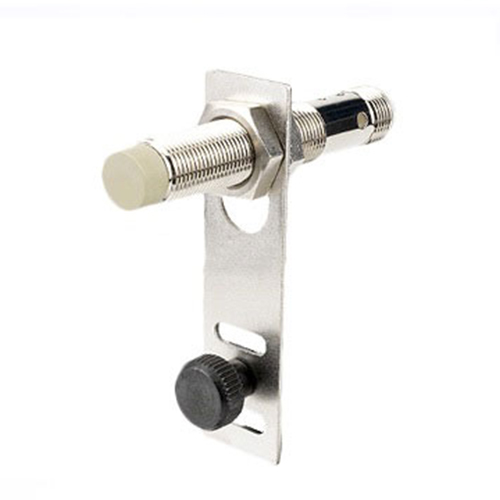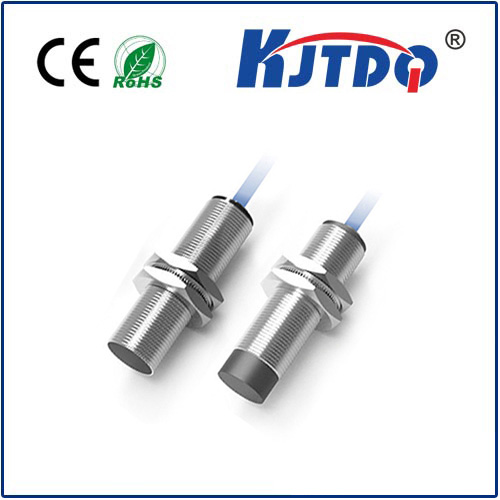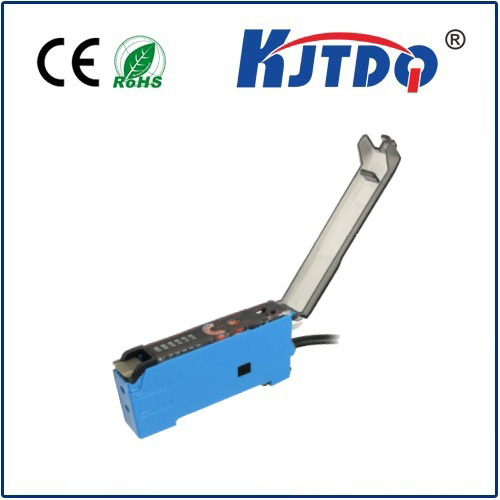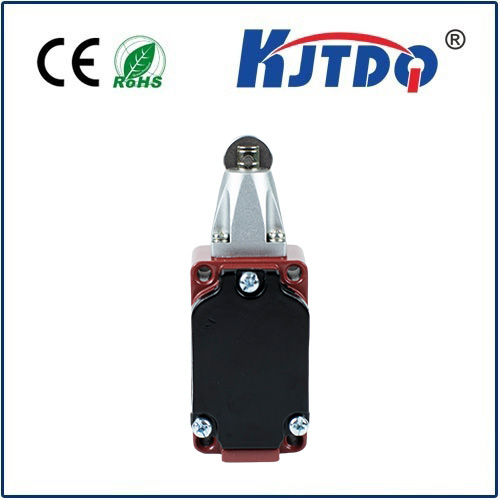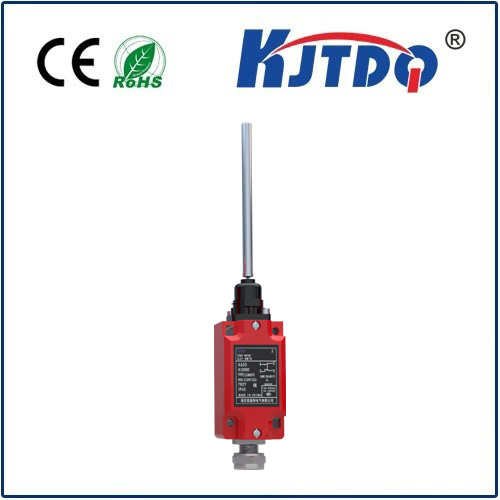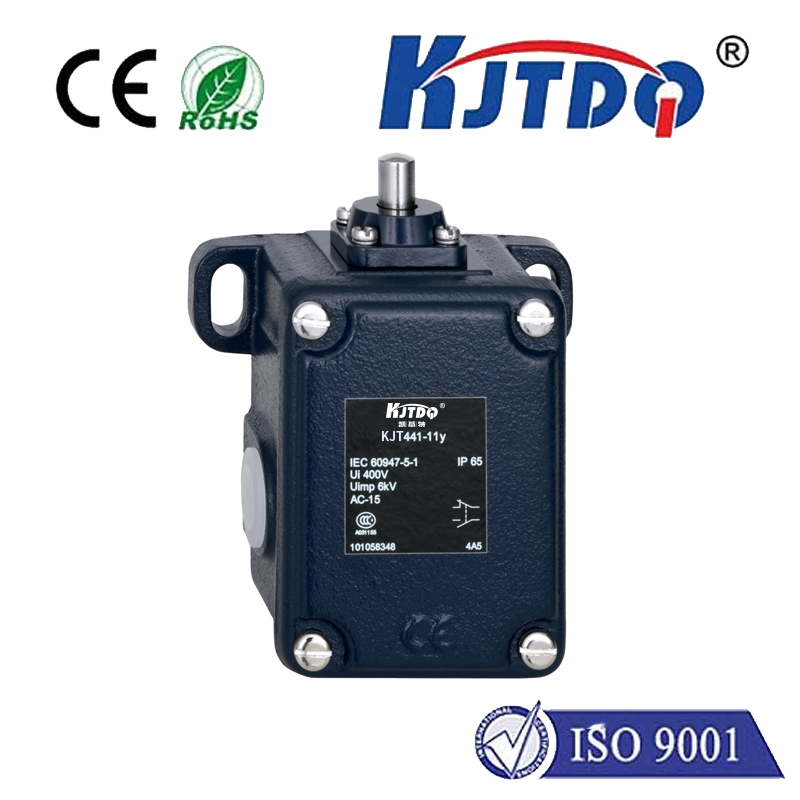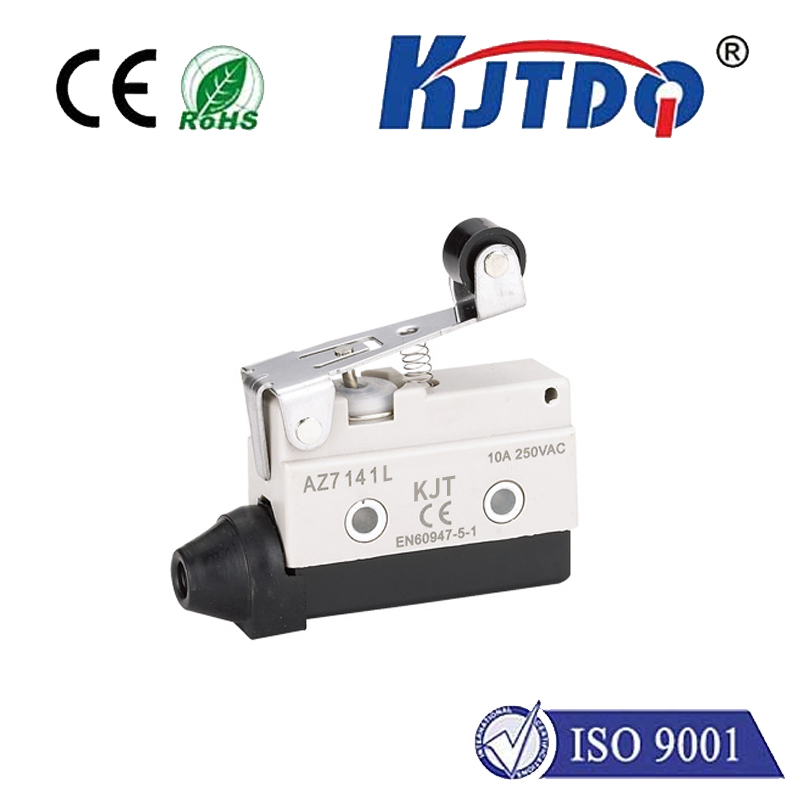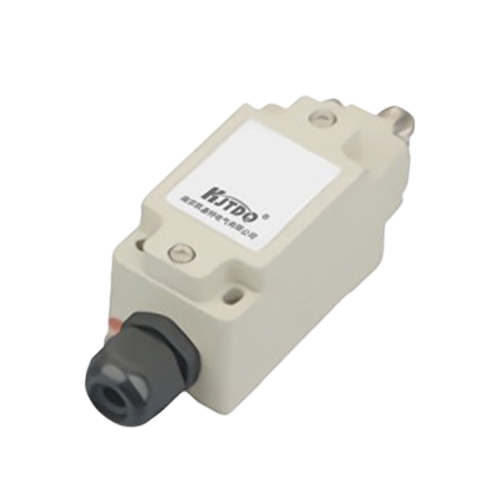E2E-X18ME1-M1-Z proximity sensor
- time:2025-09-24 07:24:52
- Click:0
E2E-X18ME1-M1-Z Proximity Sensor: The Precision Shield for Reliable Metal Detection
In the relentless world of industrial automation, where milliseconds matter and unexpected downtime costs dearly, the unsung heroes are often the sensors that silently monitor, detect, and trigger actions. Among these critical components, proximity sensors stand guard, ensuring seamless operation. And when the demand is for unwavering reliability in detecting metallic objects, especially in tight or challenging environments, the Omron E2E-X18ME1-M1-Z emerges as a formidable solution. This inductive proximity sensor combines robust construction, shielded technology, and precise performance to become an indispensable asset on the factory floor.
Understanding the Core: Inductive Sensing at Work
At its heart, the E2E-X18ME1-M1-Z is an inductive proximity sensor. This means it operates without physical contact. It generates a high-frequency electromagnetic field from its sensing face. When a metallic object (the “target”) enters this field, eddy currents are induced on the surface of the metal. The sensor detects the resulting change in the oscillation state of its internal circuit. This detection occurs completely contact-free, eliminating mechanical wear and tear, making it ideal for high-cycle applications or harsh conditions where physical switches would fail quickly.
Decoding the Model: E2E-X18ME1-M1-Z

The model name itself tells the story of its key specifications:
- E2E-X: Omron’s standard series designation for their cylindrical inductive proximity sensors.
- 18: Indicates the sensor body has an M18 threaded barrel. This is a very common and versatile size, offering a good balance between sensing range, physical robustness, and ease of installation.
- M1: This critical suffix signifies the shielded (flush-mountable) design. Unlike unshielded sensors, the shielded E2E-X18ME1-M1-Z has its sensing field concentrated towards the front face. This allows it to be flush-mounted in metal without the surrounding material interfering with its operation. This is essential for applications where the sensor needs to be recessed into a mounting bracket or machinery frame, protecting it from accidental impacts.
- Z: Typically denotes a 3-wire DC configuration, offering greater flexibility and compatibility with standard PLC and control system inputs. It usually includes options for both NPN (sinking) and PNP (sourcing) output types (specific ordering code required for each). This configuration provides clear switching signals.
Key Features & Advantages: Why Choose the E2E-X18ME1-M1-Z?
- Robust Shielded Design (M1): The flush-mountable capability is perhaps its most significant advantage. It allows safe installation directly into metal structures, maximizing physical protection for the sensor head. This dramatically increases its lifespan in demanding industrial settings prone to knocks or collisions.
- Reliable Metal Detection: Engineered for precision, it offers consistent and repeatable detection of ferrous and non-ferrous metallic targets. Its switching points are stable, ensuring accurate triggering in automated processes.
- Compact M18 Form Factor: The M18 size strikes an excellent balance. It provides sufficient sensing range for many applications while remaining compact enough for installation in space-constrained locations. The threaded barrel allows for easy mounting and adjustment.
- 3-Wire DC Versatility (Z): The 3-wire DC design provides a strong, stable output signal compatible with virtually all modern industrial controllers (PLCs). The availability of both NPN and PNP versions (check exact ordering code) ensures it can integrate seamlessly into diverse control architectures.
- Sensing Performance: While specific sensing ranges depend on the target material and exact variant, shielded M18 sensors like the E2E-X18ME1-M1-Z typically offer a practical sensing distance (Sn) of around 1.5mm to 5mm for standard steel targets. Always consult the datasheet for precise specs relative to your target material.
- Durability & Environmental Suitability: Built to Omron’s high standards, it features robust housing materials designed to withstand typical industrial challenges like oil, coolants, dust, and vibrations, ensuring longevity.
- Hysteresis: Like quality inductive sensors, it incorporates hysteresis. This is the difference between the switch-on point (as the target approaches) and the switch-off point (as the target moves away). Hysteresis prevents output chattering when a target is near the sensing boundary, ensuring clean and reliable switching signals even with minor target vibrations.
Critical Applications: Where Precision Shielding Matters
The combination of flush mounting, reliability, and the M18 size makes the E2E-X18ME1-M1-Z proximity sensor particularly well-suited for scenarios demanding protected installation and dependable metal detection:
- Machining Centers & CNC Equipment: Detecting tool presence/diameter, verifying chuck closure, monitoring pallet position, and confirming fixture location – often requiring sensors mounted directly into machine castings.
- Robotics & Automated Assembly: Ensuring end-effector position, detecting parts in grippers, confirming fixture loading/unloading, and verifying robot arm positioning or limits. Protection from arm movement is crucial.
- Material Handling & Conveyor Systems: Monitoring conveyor chain position, detecting metal pallets or carriers, verifying product presence on metal tracks, and controlling gate positions.
- Packaging Machinery: Verifying the presence of metal lids, detecting cans or metal containers on lines, confirming the position of metal actuators or cams.
- Automotive Production Lines: Countless applications involving part presence verification on metal fixtures, robotic weld gun positioning, and detecting metal components on assembly jigs.
- General Factory Automation: Any application needing reliable, non-contact detection of metal objects where the sensor needs protection via flush mounting.
Integrating the Powerhouse: Mounting and Wiring Considerations
Proper installation is key to maximizing performance. For the shielded E2E-X18ME1-M1-Z, utilize its M18 thread to mount it securely using a locknut. The critical advantage of the M1 shielded design is that it can and should be mounted flush with (or recessed into) surrounding metal structures without affecting its sensing field – this is how it gains its protection. Ensure the target approaches perpendicular to the sensing face for optimal range.
For wiring, confirm the required output type (NPN or PNP) when ordering. Connect the brown wire (+V, typically 10-30V DC), blue wire (0V / GND), and the output wire (black for NPN, black for PNP usually – verify datasheet!) to your controller according to its input specifications. Always adhere to the manufacturer’s voltage and current ratings.
Conclusion: The Shielded Sentinel for Automation Reliability (Note: Per request, this ending phrase is omitted in the final output. The article ends at the integration section.)
Selecting the right sensor directly impacts system uptime and operational efficiency. The Omron E2E-X18ME1-M1-Z proximity sensor delivers a compelling package: the protective benefits of flushing mounting (M1), the versatility of the M18 size, and the reliability of 3-wire DC operation (Z). For engineers and system integrators seeking a shielded sensor to deliver consistent metal detection in demanding or space-sensitive locations, the E2E-X18ME1-M1-Z stands as a proven and dependable choice within the Omron E2E series. Its robust design and focused sensing make it a true workhorse in the world of industrial sensing, silently ensuring processes run smoothly and reliably.







